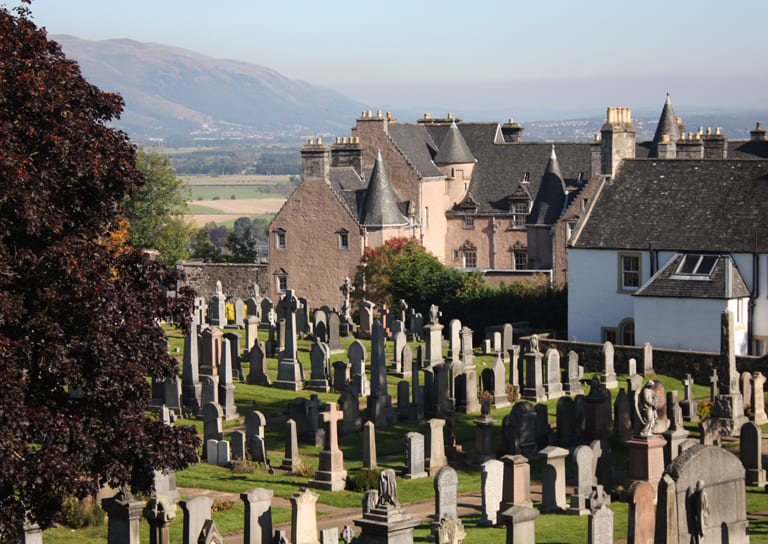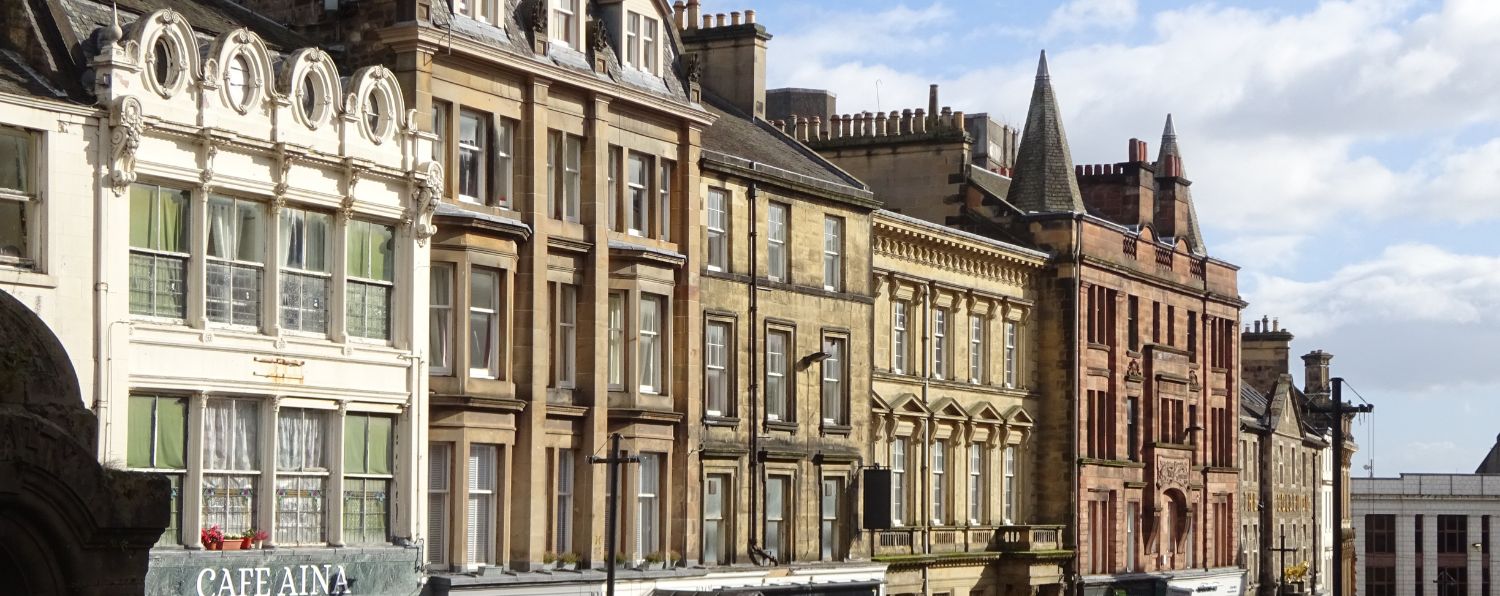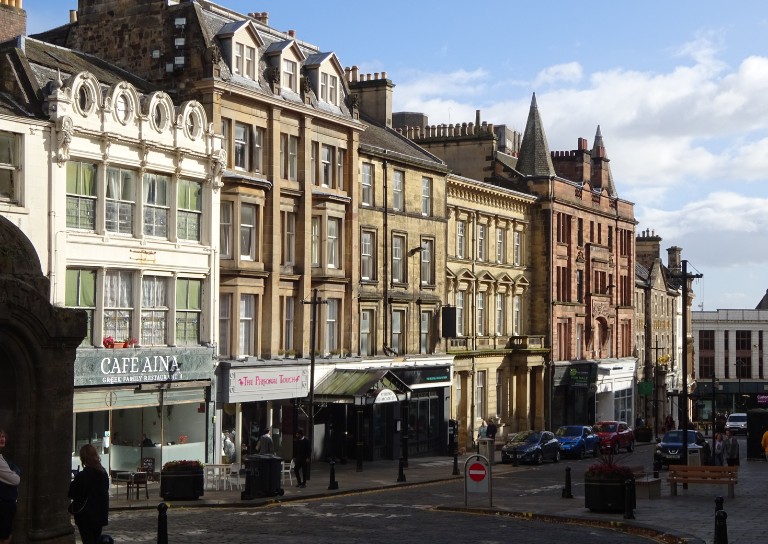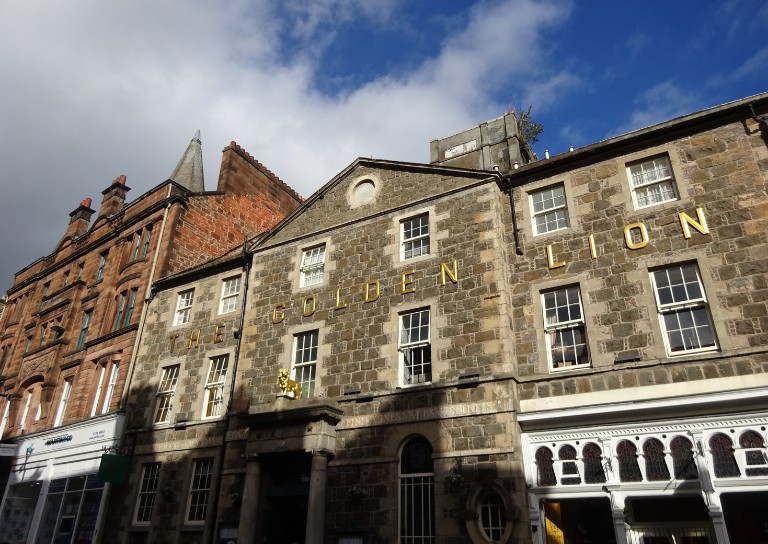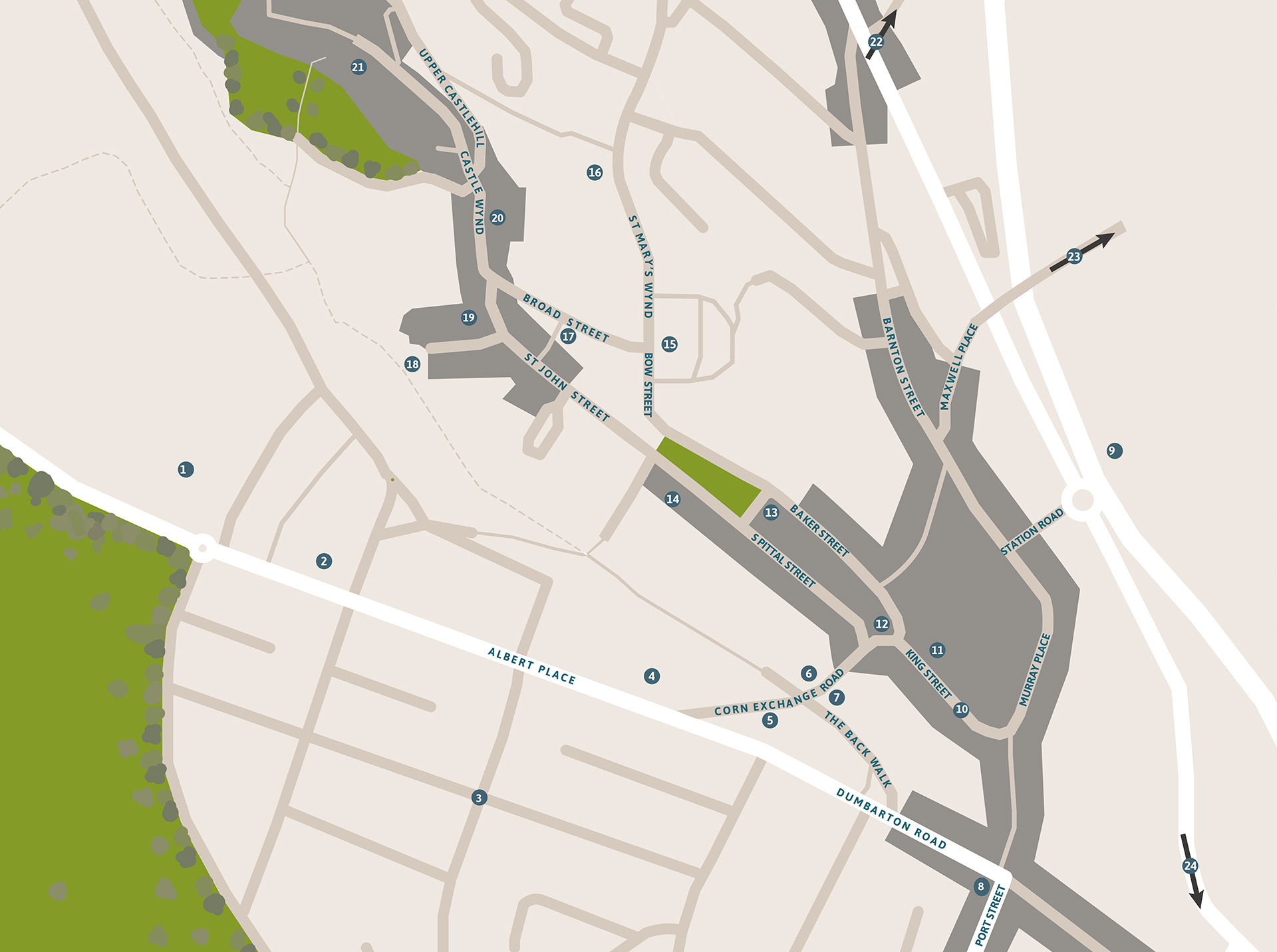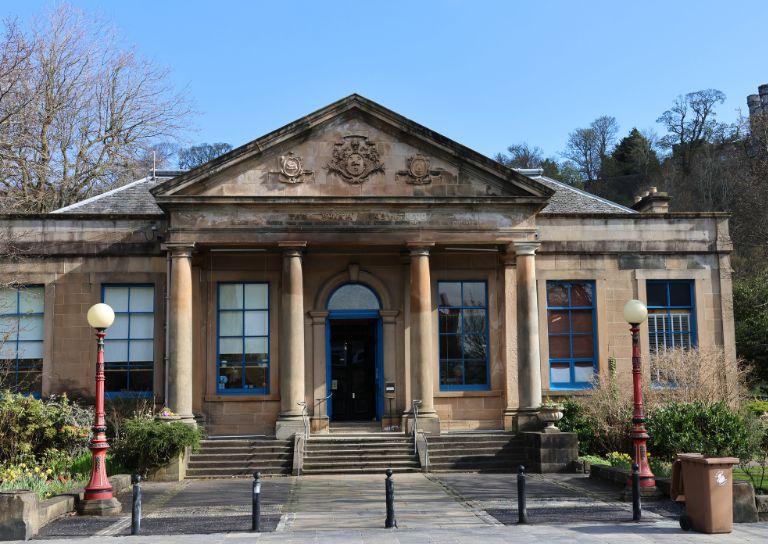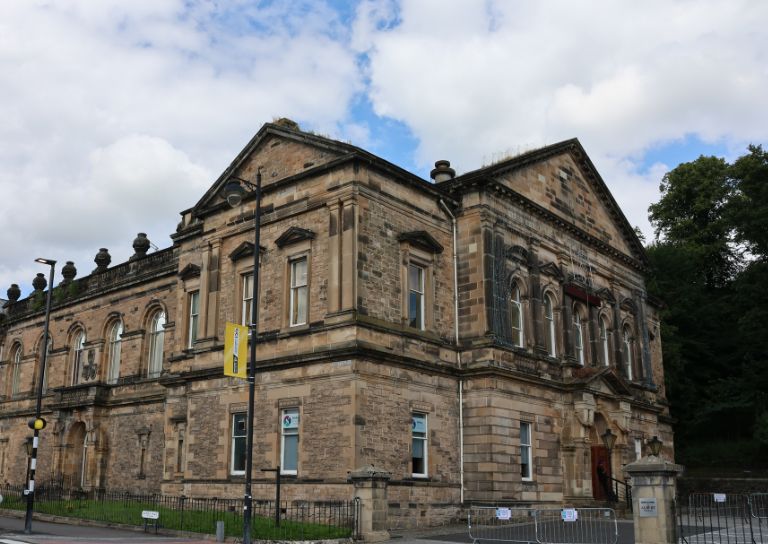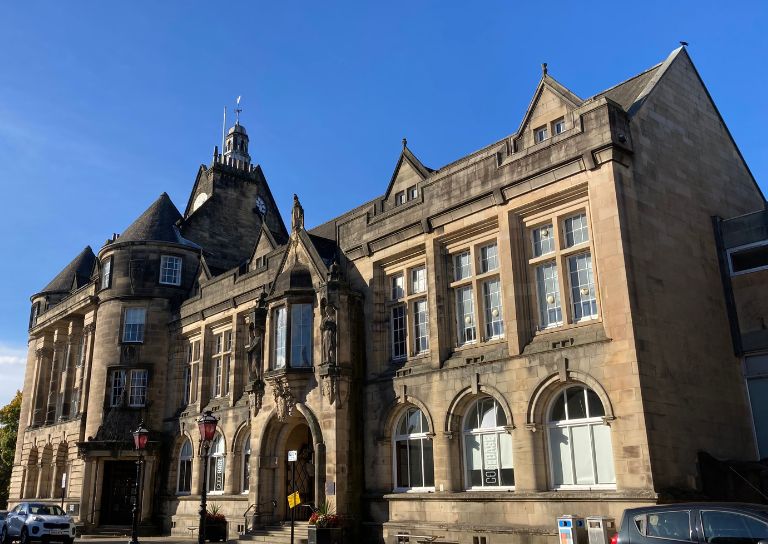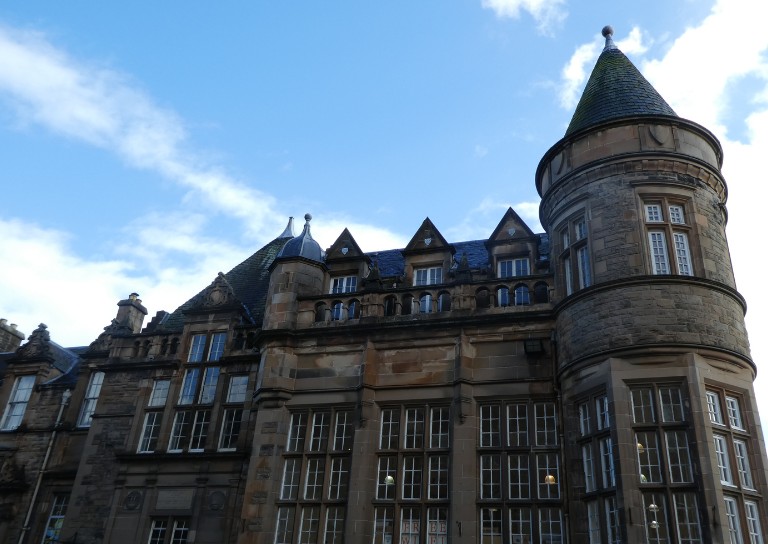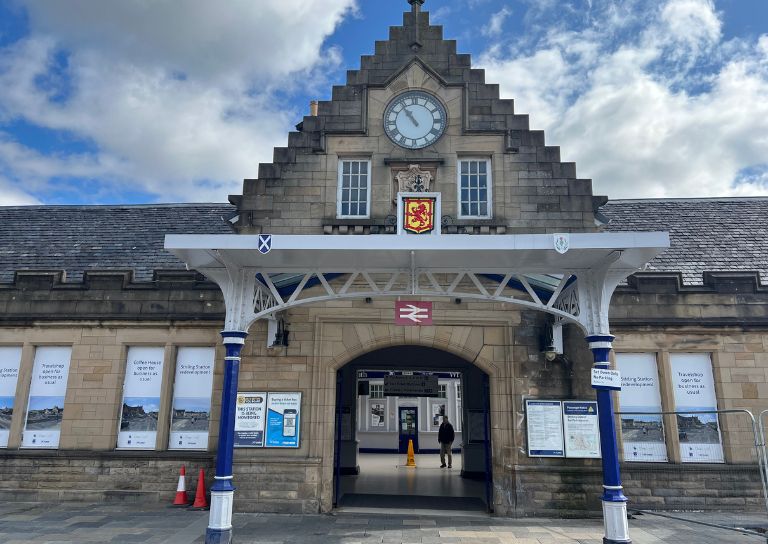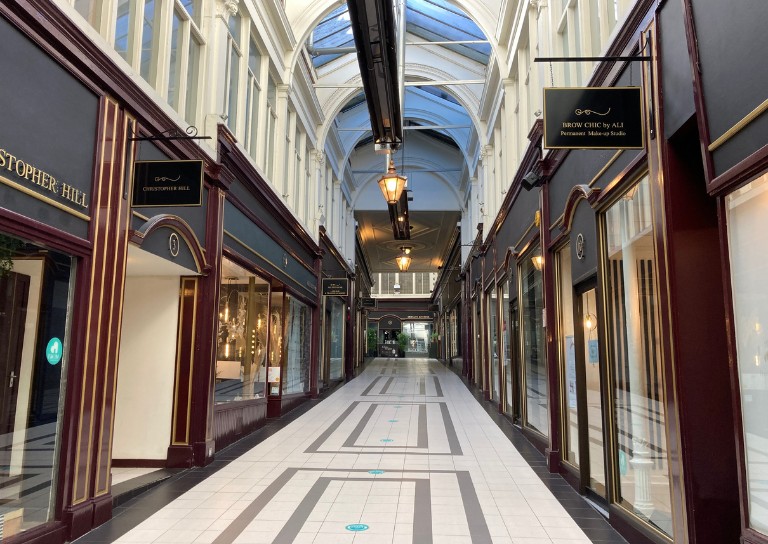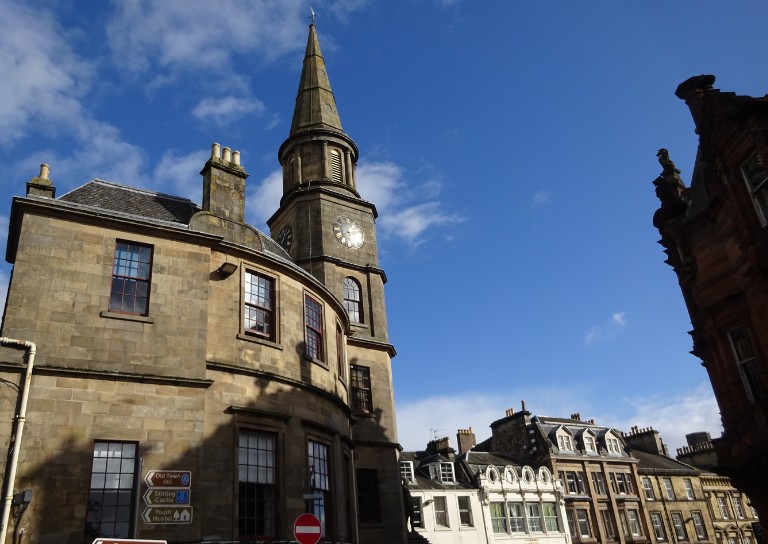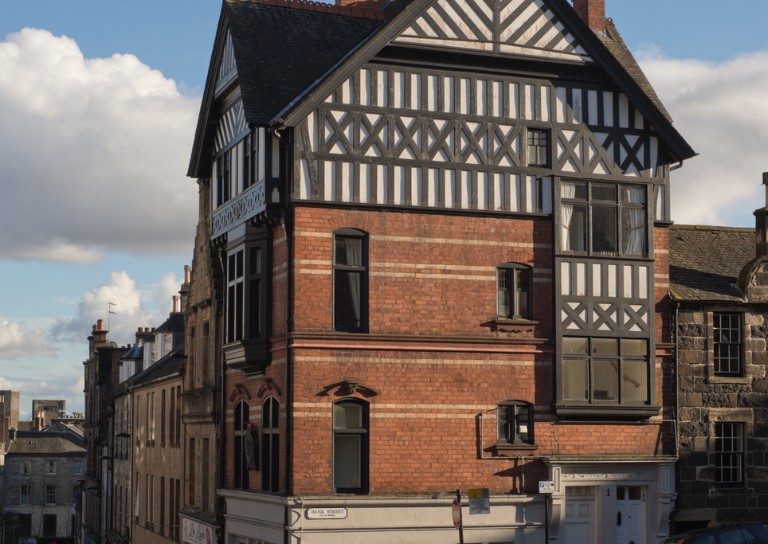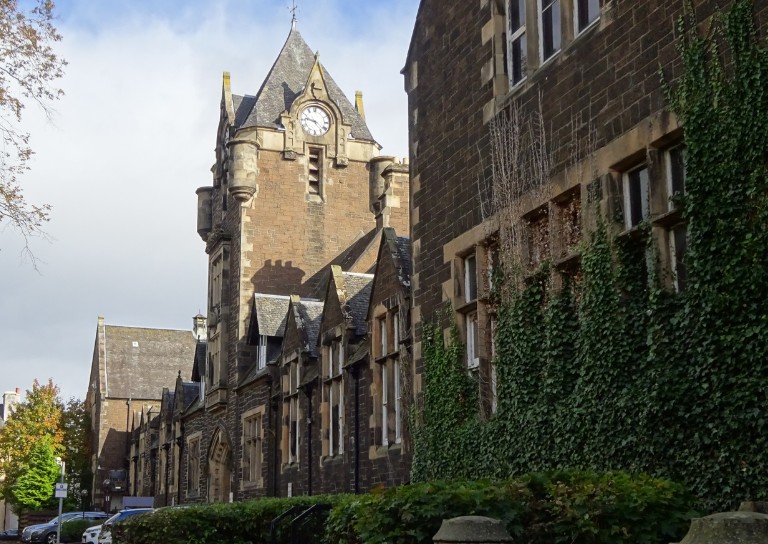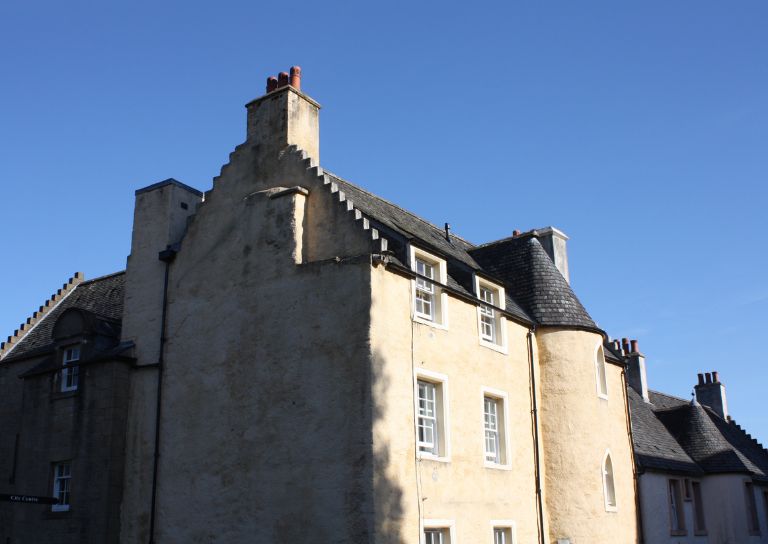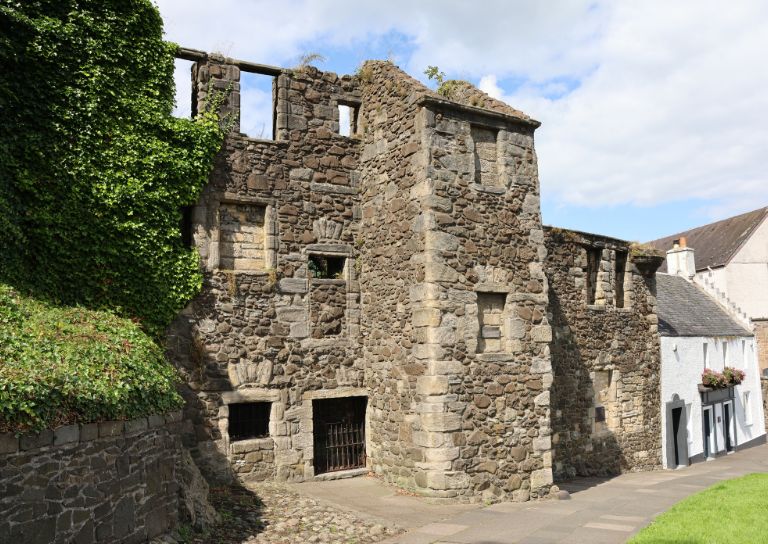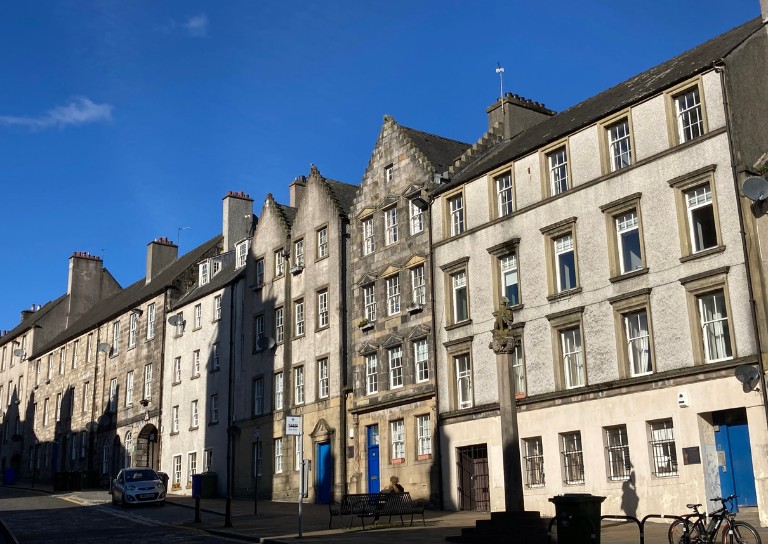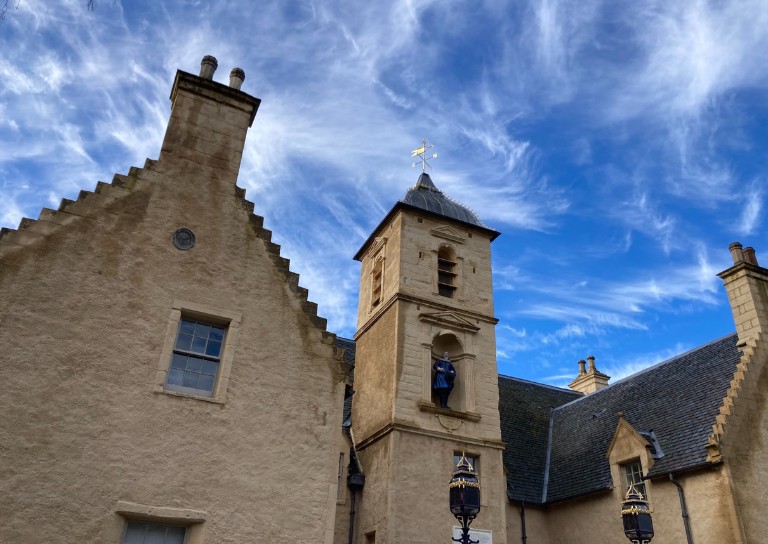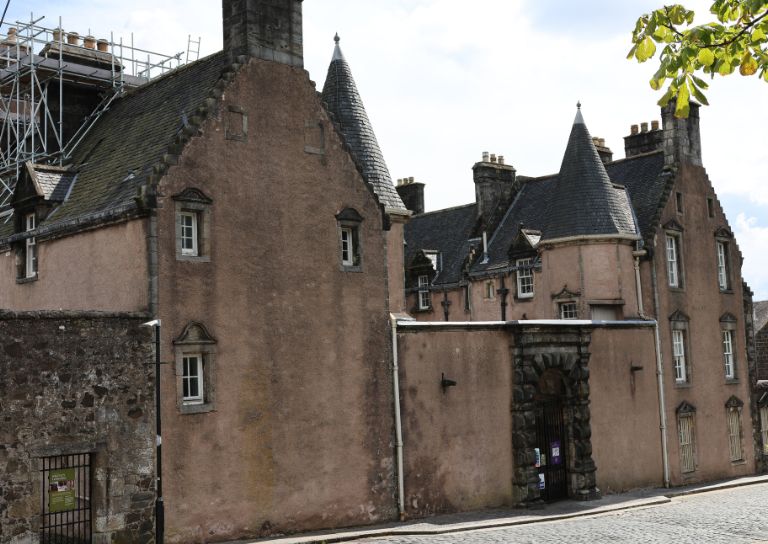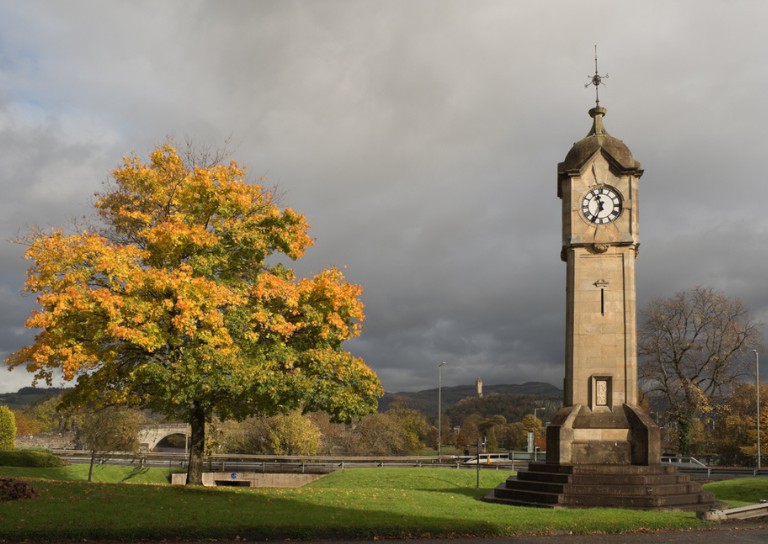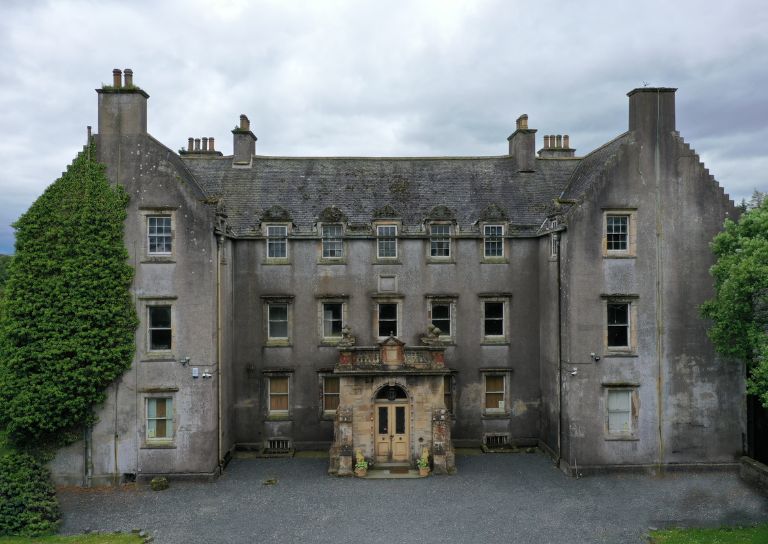- Home
- Our Work

- Stirling's Story

- Blog
- Beechwood House and the Transatlantic Slave Trade

- New Retrofit Service now available for Traditional Buildings Health Check Members

- Retrofitting Traditional Buildings: Chimneys

- SCHT 20: Championing Women in Construction
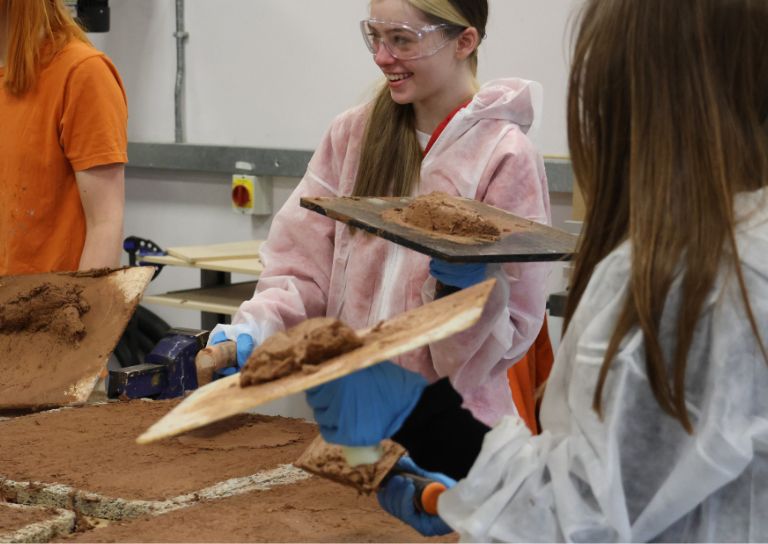
- Stirling's Lost Swimming Pools
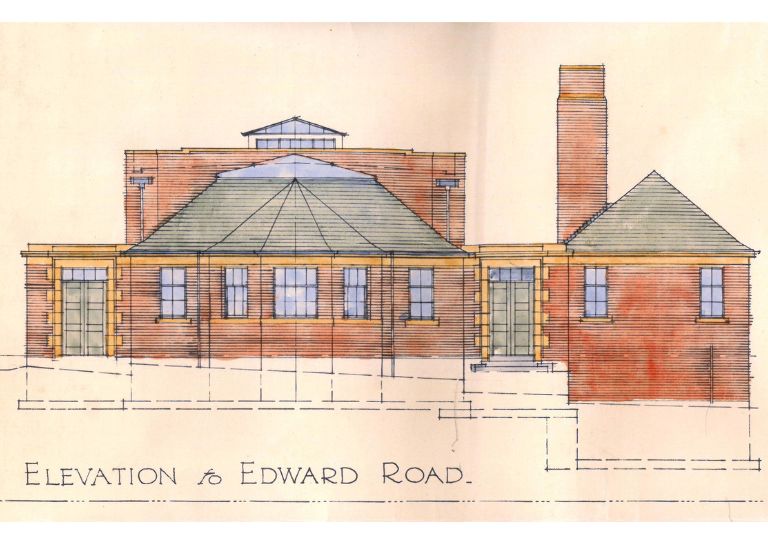
- Women in Construction at Bannockburn House
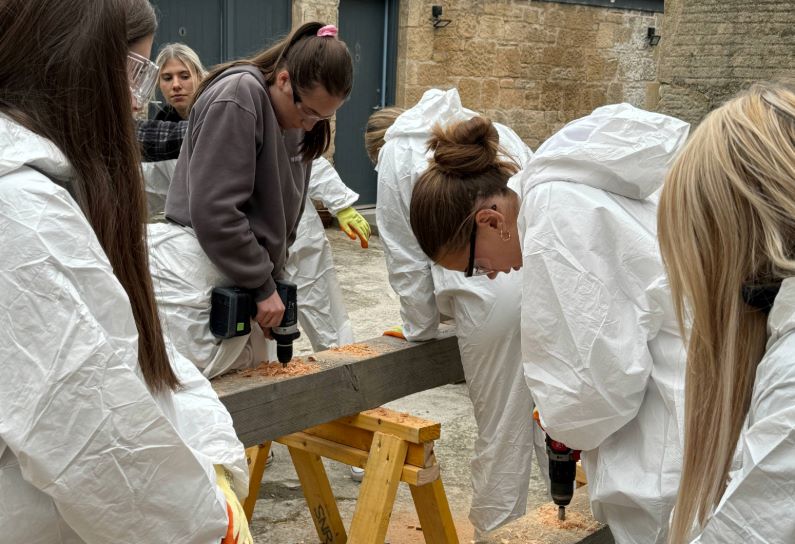
- Avenues to the Past: Stirling’s Historic Streets Exhibition

- Retrofitting Traditional Buildings

- Retrofitting Traditional Buildings: Windows

- Statement on Langgarth House

- Guest Blog: Dementia Friendly Heritage Interpretation

- SCHT Grant Conditions: Owners Associations
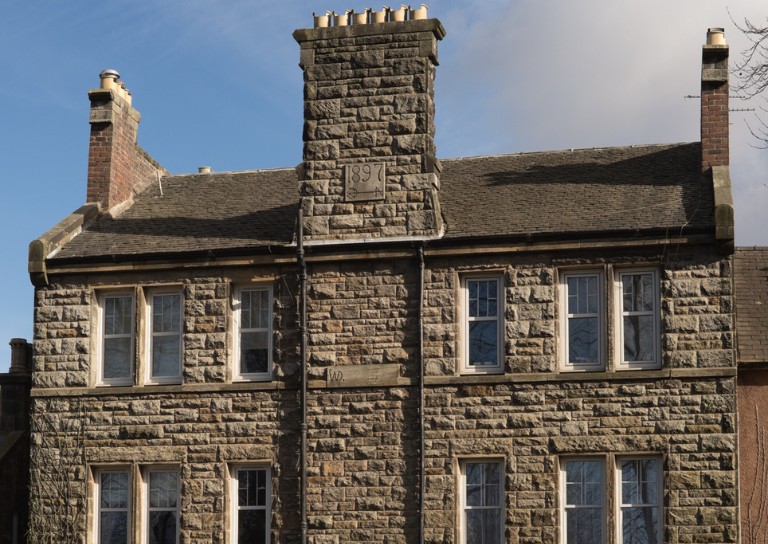
- Stirling Business Awards 2025

- What is a Conservation Area
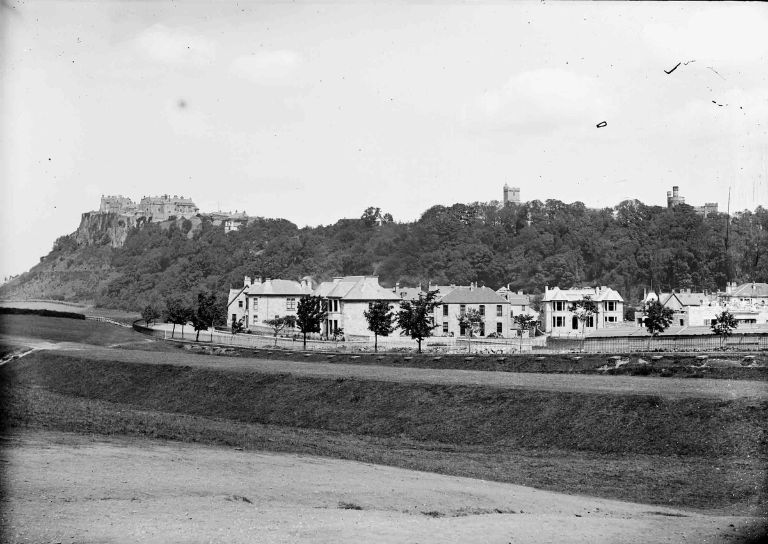
- 20 Great Buildings of Stirling

- Building Resilience: Maintaining Traditional Buildings

- Architects and The Thistle Property Trust

- World Heritage Day: Exploring Hayford Mill

- Community Consultation launched for Stirling’s Heritage Strategy
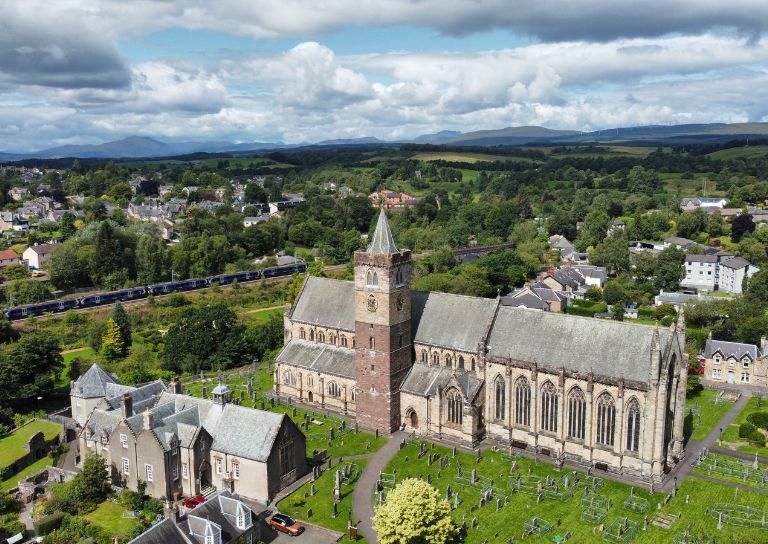
- SVE Inspire Awards September 2024

- Reminiscence Art Project
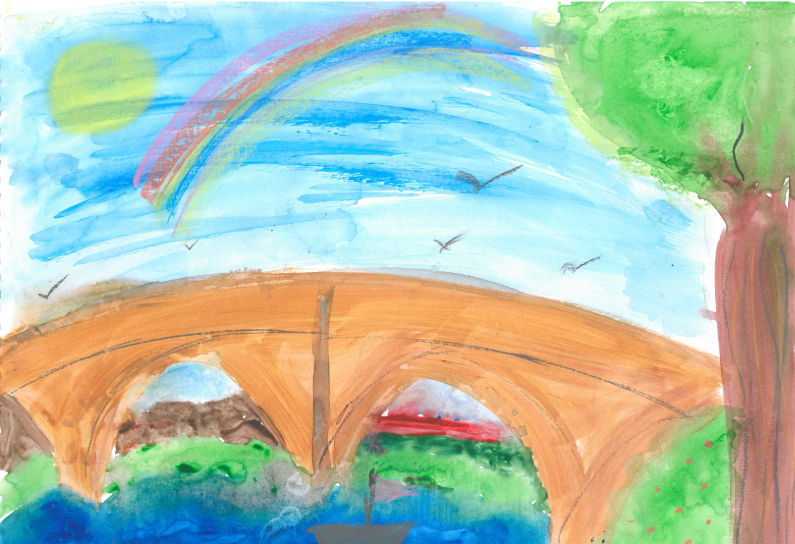
- On the European Stage: Preserving by Maintaining conference, Bratislava
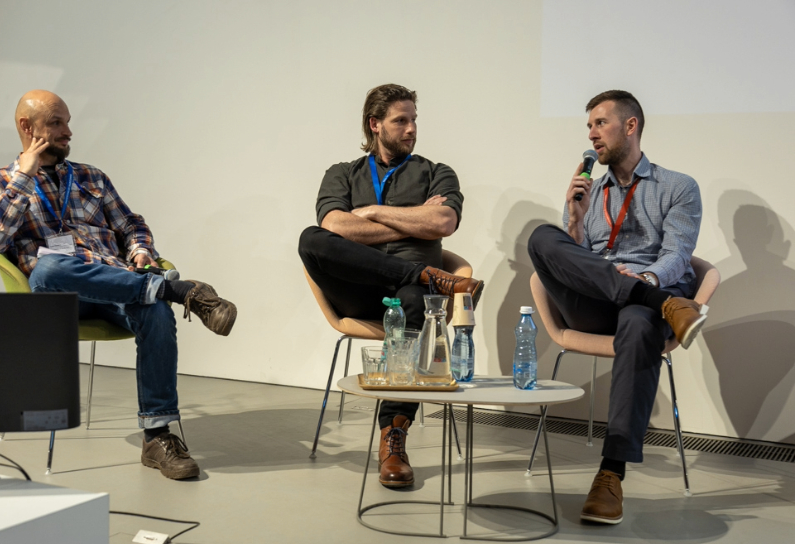
- The Abolition Movement in Stirling

- Shopping Arcades

- Retrofitting Traditional Buildings: Insulation

- Retrofitting Traditional Buildings: Climatic Adaptation
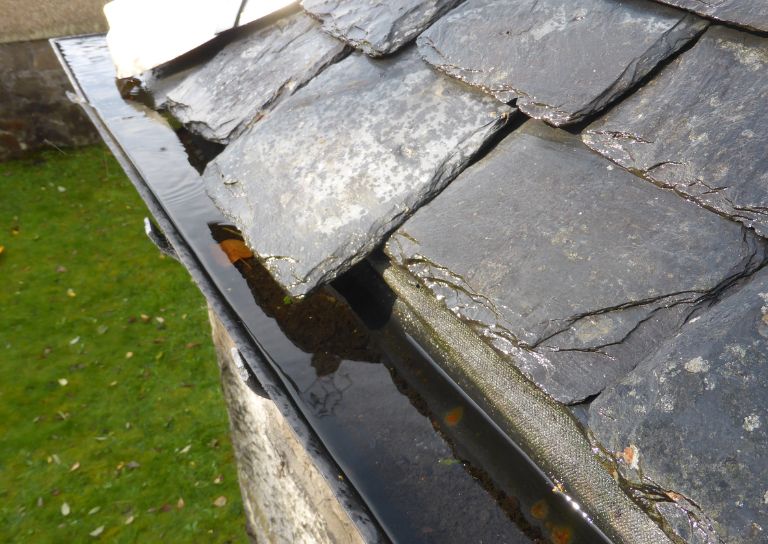
- Kings, Wolves and Drones: 20 years of care and repair at Stirling City Heritage Trust

- Practical Workshop on Retrofitting Insulation with A. Proctor Group
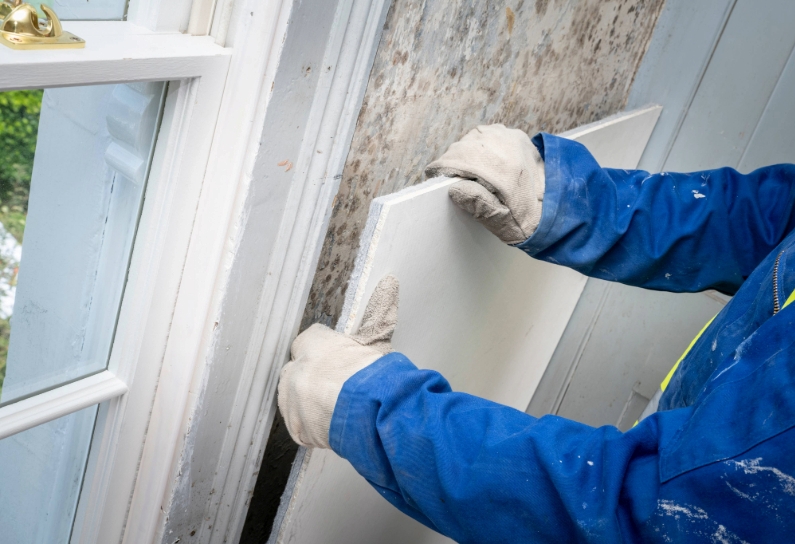
- Marking the 80th anniversary of VE Day
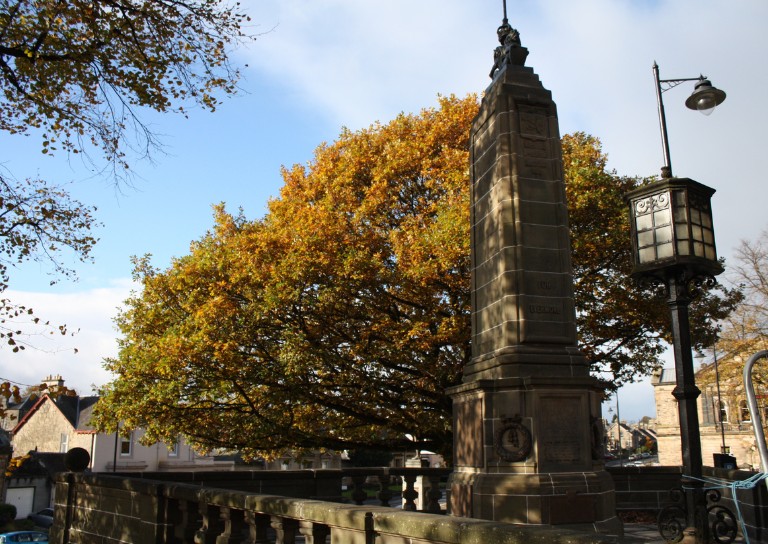
- Walker Family Visit

- Retrofitting Traditional Buildings: Fabric First

- Supporting traditional building repair in Stirling
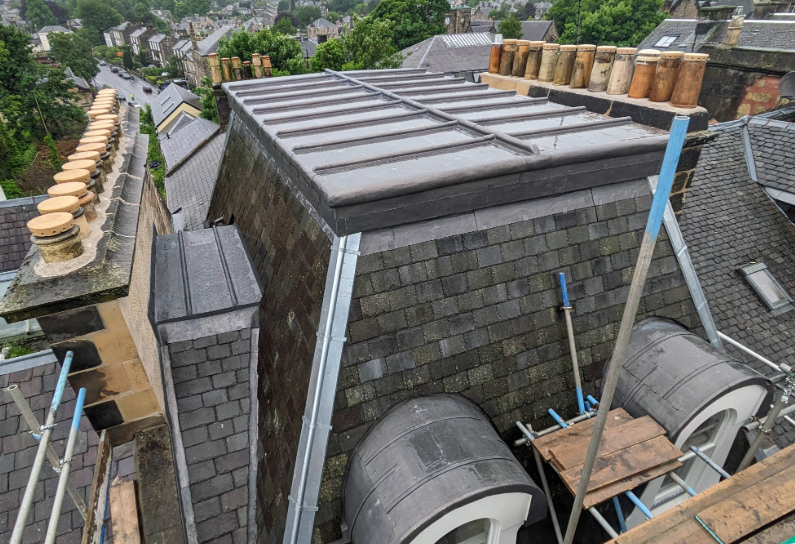
- Stirling's Historic Jails
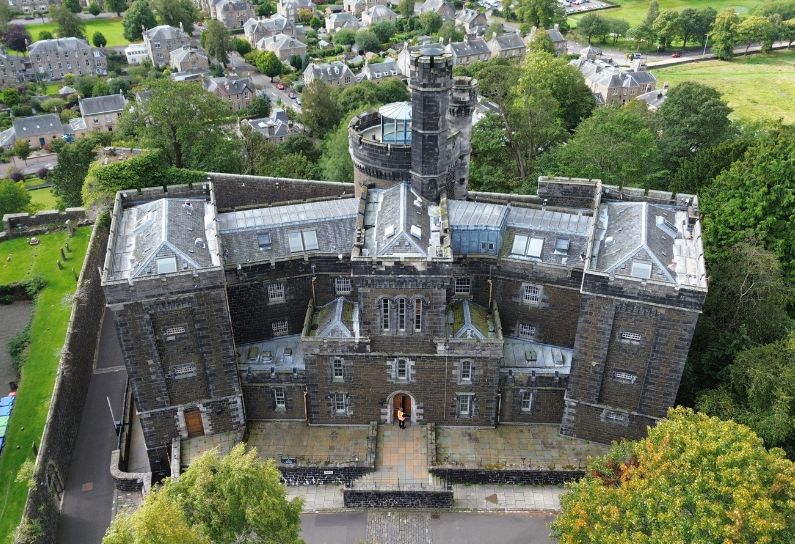
- Ghost Tales from Stirling

- Stirling Reminiscence Box

- Stirling City Heritage Trust at 20

- Retrofit Event: Meet the Suppliers

- Snowdon House and The West Indies

- Miss Curror and the Thistle Property Trust

- Dr Lindsay Lennie retires from Stirling City Heritage Trust
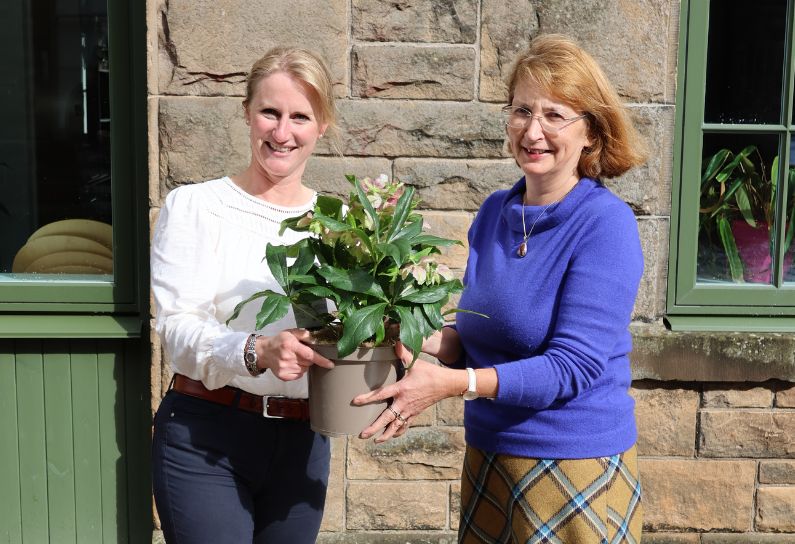
- Stirling’s Streetscape Stories: Photography Workshop

- Level 3 Award in Energy Efficiency for Older and Traditional Buildings Retrofit Course (2 Day)

- Stirlingshire’s Highland Games

- Creative careers in the heritage sector

- Postcards From Stirling

- Stirling’s Gala Days

- Building Surveying Student Intern at Stirling City Heritage Trust

- Heritage Trail: Stirling Walks

- Local History Resources

- Stirling Through the Decades

- Stirling’s STEM Pioneers

- Traditional Skills: Signwriting

- Christian MacLagan, a pioneering lady, but born too soon?

- Traditional Shopfronts in Stirling

- Stirling History Books for World Book Day

- My Favourite John Allan Building by Joe Hall

- My Favourite John Allan Building by Lindsay Lennie

- My Favourite John Allan Building by Andy McEwan

- My Favourite John Allan Building by Pam McNicol

- Celebrating John Allan: A Man of Original Ideas

- The Tale of the Stirling Wolf

- Stirling: city of culture

- Christmases Past in Stirling

- Stirling’s Historic Graveyards

- Top 10 Tips for Architectural Photography

- An Interview with David Galletly

- Springtime in Stirling

- The Kings Knot – a history

- A Future in Traditional Skills

- Robert Burns’ First Trip to Stirling

- Stirling’s Witches

- Stirling’s Ancient Wells

- An architecture student’s take on the City Of Stirling

- Ronald Walker: Stirling’s Architect

- Stirling’s Statues

- Stirling’s Wee Bungalow Shops

- Stirling’s Historic Hospitals

- Women in Digital Innovation and Construction

- Heritage at home: 8 of the best online heritage resources

- Stirling featured at virtual heritage conference

- Five of Stirling’s greatest John Allan buildings

- Women in Construction – Stirling event report

- Scotland’s trailblazing women architects

- Stirling’s Heritage: Spotlight on The Granary

- TBHC Scheme now open to properties in Dunblane and Blairlogie

- How drones help us inspect traditional buildings

- Hazardous Masonry & Masonry Falls

- Mason Bees: What’s the Buzz?

- Stirling Traditional Skills Demonstration Day Success!

- Floating Head Sculpture at Garden Glasgow Festival 1988

- The story behind Paisley Abbey’s Alien gargoyle

- Cambuskenneth Abbey

- Stirling City Heritage Trust Publications

- Sharing Memories: Taking '20 Great Buildings of Stirling' into the community

- William Wallace Statues In Stirling

- Coronations and Royal Christenings in Stirling

- The development of King's Park

- Energy efficiency project awarded grant from Shared Prosperity Fund

- Inspiring the Future: Stirling City Heritage Trust's Women in Construction Event at Wallace High

- Doors Open Days Talk: Who Built Stirling?

- 10 Years of the Traditional Buildings Health Check

- Growing up in Stirling: A Night of Reminiscence at The Smith

- SCHT visit to Brucefield Estate, Forestmill, Clackmannanshire

- Statement on Christie Clock

- Stirling’s Lost Skating Heritage

- Laurelhill House and the West Indies

- Beechwood House and the Transatlantic Slave Trade
- About Us

- Support Us

- Contact

King Street, in the heart of Stirling, connects the steep historic streets leading to the Castle with the bustling city centre.
Creamy local sandstone intersperses with red Dumfries masonry, contrasting with blue-grey slates and whinstone setts. It is a beautiful street with an impressive business pedigree.
Known in medieval times as the High Gait, the street formed part of the historic route which led from the Barras Yett up through the winding streets of the Royal Burgh to the market place on Broad Street and the Castle beyond. By the 18th century it was known as Quality Street but in 1821 it became King Street in celebration of the coronation of George IV.
The opening of the new bridge across the Forth in 1833 led to the creation of Murray Place crossing the foot of King Street. Together with the coming of the railway in 1848, commercial activity shifted to the lower town heralding new opportunities for businesses. By the early 20th century, the street boasted no less than six banks, three hotels and numerous established Stirling family businesses including Graham & Morton, Thomas Menzies and McAree Brothers together with an entrance to the Stirling Arcade.
King Street was very much the place to be and to be seen. In recent years, the focus of the street has changed again as banks have moved to modern shop premises. The traditional banking halls have been converted into cafes, restaurants and shops. Sadly, none of the long-established family businesses have survived. In spite of these changes, the street remains a jewel in Stirling’s crown and its grand buildings reflect its past as the commercial heart of the burgh.









